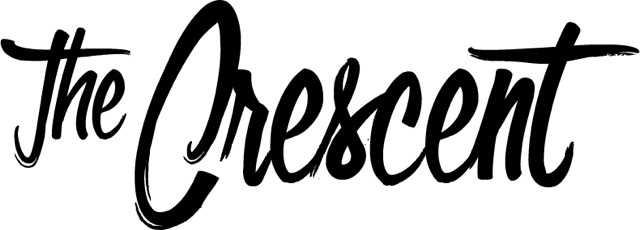The Horror Renaissance
Reported By: Benny Schorie
Illustrated By: Sydney Simmons
In the last year, horror movies like Pearl, Nope, The Menu, and Bodies, Bodies, Bodies have made a significant splash in online discourse. Content creators on TikTok, Twitter, and Youtube had field days diving into and obsessing over these and other recent horror films, making it seem like horror is the only important film genre right now. While this is objectively false, the impact of horror on culture cannot be understated. Why has the genre suddenly taken up so much of society’s consciousness?
The 1920s and 30s were formative years for horror, as filmmakers crafted well-known classics and sparked public outcry as they used the form to explore the taboo. One of horror’s trademark tropes came out of the 80s and iconized the genre: the slasher. Texas Chainsaw Massacre, Friday the 13th, and Halloween are just a few of the smash hits from the decade to succeed with this new concept. With few exceptions, the genre struggled to recreate this success in the following decades. Most movies leaned into similar, worn out premises resulting in generic, unimaginative productions like demonic possession and paranormal activity tropes.
However, the last five years have seen a shift in the genre leaning into psychological thrill and using the genre as a platform for social commentary. Horror’s innate absurdity inclines it for creative and fluid concepts, a potential which has been seized in recent years. Filmmakers are not only interested in scaring their audience; they want to elicit genuine fear with a side of thought-provoking commentary.
The origin for this shift stems from the filmmaking of Jordan Peele. His work in the genre began with Get Out in 2017, a movie depicting the casualness and severity of America’s systemic racism. Another crucial driving force behind horror’s evolution is A24. The independent production company has taken the media industry by storm and dominated every movie theater and TV screen with early horror hits like The Witch, Hereditary, and Midsommar.
This evolution of horror has been well-received and gained steam once Gen Z became the medium’s central consumer and audience. As the current engineers of youth culture, Gen Z exhibits an obsession with curating imperfection and authenticity; they charge trends like photo dumps and messy aesthetics to differentiate from millennials' flawless and photo-tuned trends of the previous decade. This trickles into their media preferences as they seek portrayals of raw reality.
Social justice and reform also drives the interests of Gen Z. This generation’s social awareness directly impacts how they view media and, especially, the importance of good representation. In the twentieth century, the absurdity of horror gave it the room to explore taboo topics like queerness and feminism. This was the case for the film The Hunger in 1983, which featured a bisexual woman. This fluidity allows current horror movies to address social ills indirectly and tastefully, thus, attracting itself a Gen Z audience.
The current horror industry succeeds by going back to its roots of the absurd and taboo while being ahead of its time. Horror succeeds by not taking itself seriously, tuning into audience desires, and taking big risks; it addresses controversial topics and is steadfast to its stance in a revolutionary way. This authenticity is an abnormality in mass media, but soon enough the rest of the industry will follow suit and catch up. Until then, horror will surely continue its domination.
